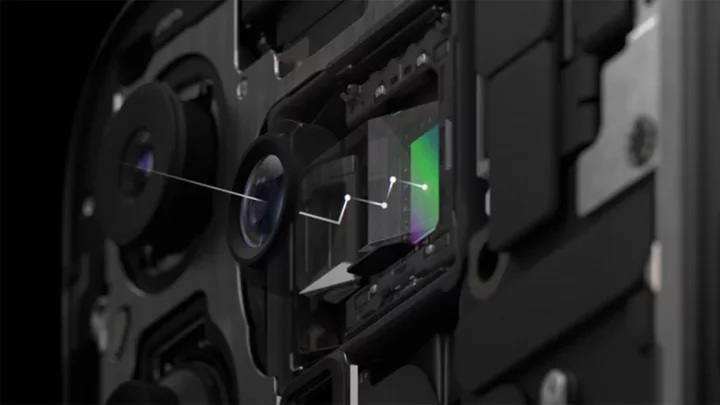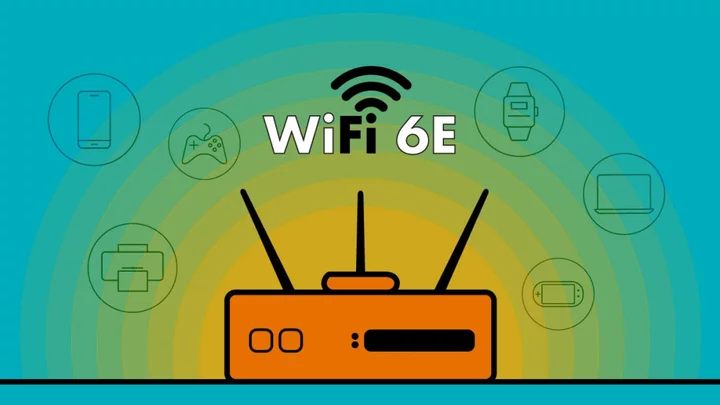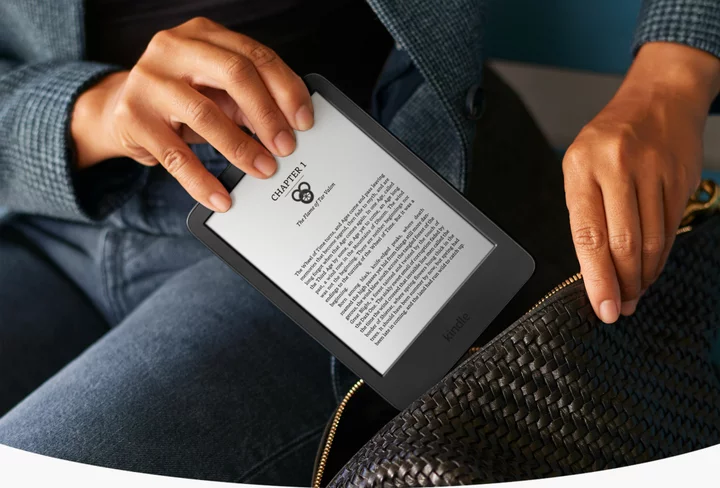I know, I know. The iPhone 15 isn't out for another few days, and yet, the iPhone 16 rumor mill is already doing its thing. First out of the gate is a report about the next-gen iPhone's camera. Specifically, that more iPhone versions will incorporate the unique tetraprism zoom lens Apple just added to the iPhone 15 Pro Max, which allows the phone to shoot at up to 5x optical zoom.
The iPhone 15 Pro comes with the same 3x optical zoom as the iPhone 14 Pro Max. But according to Apple analyst Ming-Chi Kuo, that will change on the iPhone 16, with the tetraprism feature landing on the iPhone 16 Pro as well as the iPhone 16 Pro Max. (Or whatever it's called? iPhone 16 Ultra? Kuo doesn't mention it.)
He does, however, offer some clues as to why the tetraprism feature didn't show up on the iPhone 15 Pro this year. In short, the compact camera module assembly is expensive and difficult to produce with the new tetraprism lens. This causes a lower yield, which leads to supply issues. For now, Largan is the only company producing the tetraprism lenses, so there is a bottleneck there. (Shipments on the iPhone 15 Pro Max have slipped to November, though that's not a new phenomenon with new iPhone pre-orders.)
Apple is addressing the issue by increasing the number of tetraprism lens orders, and expects to have the problem sorted by next when the feature pops up on the iPhone 16.
The tetraprism lens is a nifty piece of technology. It's essentially a type of periscope lens that allows for greater focal lengths by bending light multiple times through glass before it hits the sensor. Apple's tetraprism reflects the light four times in a small space. The result is a longer focal length similar to a 120mm DSLR camera lens with an aperture of 2.8.
Apple isn't the only smartphone maker to use folded lenses for optical zoom. Samsung uses a similar method for its Samsung Galaxy S series of smartphones, which results in a 10x optical zoom and, with some software trickery, can go as high as 100x magnification. Apple's variation is quite good, though, and it should result in some excellent photography.
This would not be the first time a premium iPhone feature makes its way to lower-tier models. The entire iPhone 15 lineup, for example, has the Dynamic Island interface previously limited to the iPhone 14 Pro and Pro Max.









